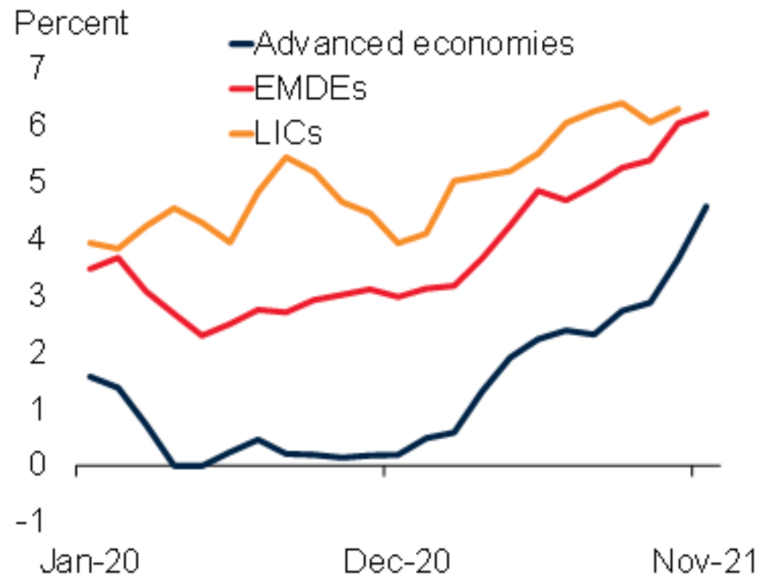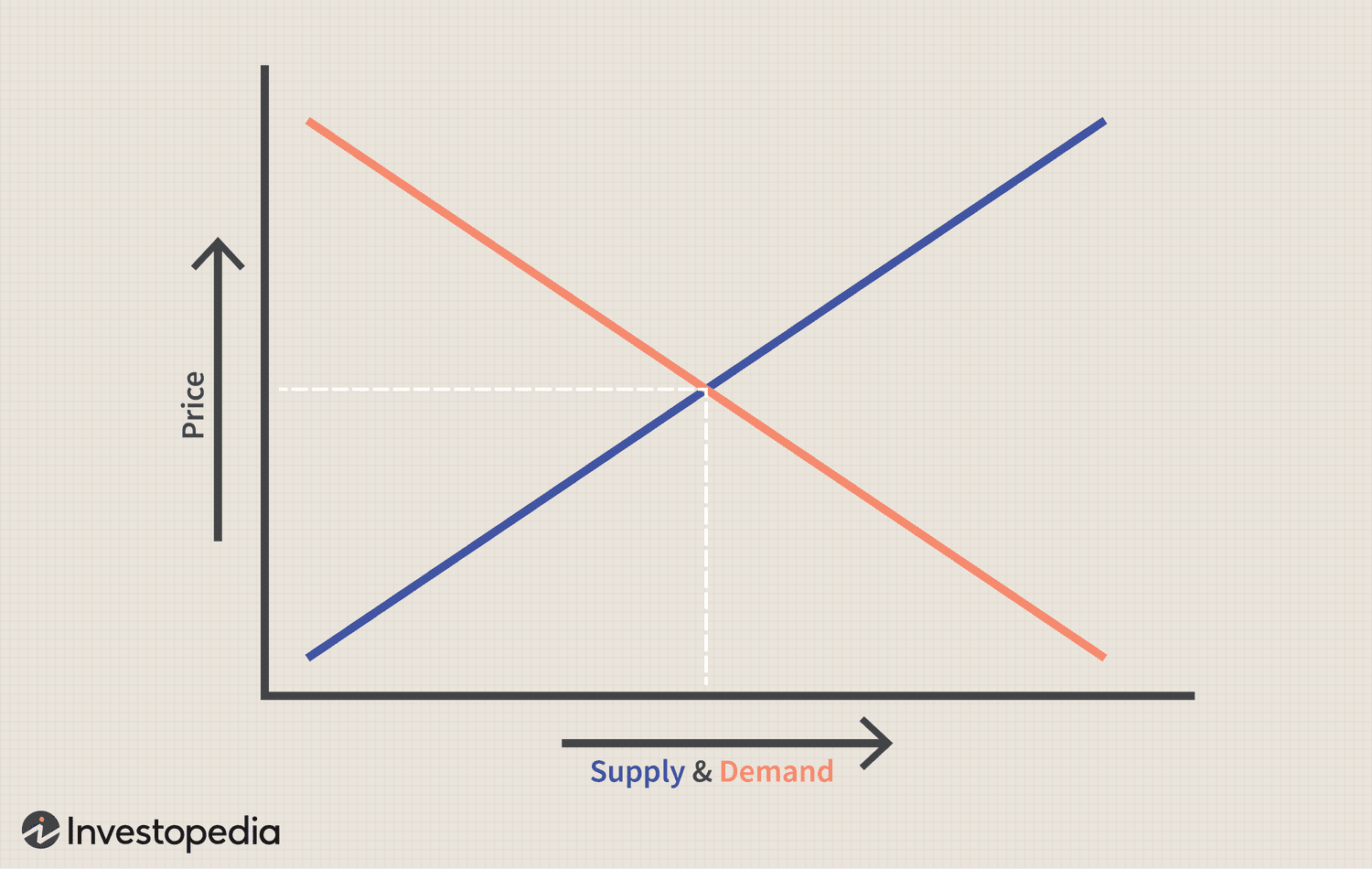Abstract
Economic inequality significantly contributes to people’s suffering because they lack the basic resources to live comfortably. Scarcity is a theory that sheds light on why some people have access to the resources they need while others are forced to operate with what they can obtain. The principle suggests that market behaviours are influenced by supply and demand and are normalized when both of these factors are equal. However, an increase in demand and a decrease in supply disrupts the equilibrium and obligate changes to restore balance. On most occasions, institutions raise the prices of commodities to decrease demand. Nevertheless, the case differs for natural resources and basic needs in marginalized communities because scarcity exposes people to diversity. Although poor government planning and wasteful use of natural resources contribute to scarcity, immorality in human society aggravates the situation of particular groups of people due to neglect. Therefore, this report investigates the implications of scarcity and answers the question of how the government and individuals can collaborate toward sufficiency. It is advisable to deal with the roots of inequality in the human race to curb the implications of scarcity better.
Introduction
Scarcity is a critical concept of business economics because it allows organizations to make strategic decisions depending on consumers’ demand for particular products and their availability in the market. However, the scarcity of natural resources and basic human needs like water and healthcare services is disastrous because it imposes extreme suffering on individuals who strive to make ends meet. The economic theory of scarcity explains why individuals with the least purchasing power, often found at the bottom of the chain, struggle more than others due to changes in supply and demand. Therefore, this phenomenon warrants attention because it directly affects the life quality of individuals in the US and other countries. Regardless, acknowledging the facilitators of equilibrium imbalances, including unequal income distribution, poor quality education, lack of employment opportunities, poor government planning, and rapid population growth, can assist policy-makers in adopting solutions that assure economic stability.
Literature Review
One of the immediate and most noticeable outcomes of scarcity is inflation and an abnormal price increase, which obligates individuals to dig deeper into their pockets to satisfy their needs. Gill and Nagle (2022) propose that “inflation is wreaking havoc on world economies” due to unstable economic activity, reduced access to raw materials, and supply-chain disruptions. An assessment led by World Banks Haver Analytics revealed that inflation peaked in developed, developing, and emerging countries and has steadily risen since 2020, as illustrated in figure 1, to reach levels the globe has never seen after the 2008 recession (Gill & Nagle, 2022). Similarly, Bolton attributes the current levels of human suffering to increased inflation due to the coronavirus pandemic. According to the author, the pandemic is partly responsible for the abnormal inflation, which “chirps away individuals fixed income” (Bolton, 2022). The Russian and Ukrainian war is another factor that has worsened the implications of scarcity on the global community (Gill & Nagle, 2022). Moreover, global inflation has severe implications on areas such as agriculture and local businesses, thus affecting food distribution in populations.

The government is partly responsible for the scarcity of resources and inflation because of its poor economic planning and negligence, resulting in food insecurity and disruptions to the demand-supply equilibrium. Han (2022) suggests that the midterm elections will have significant implications on the lives of about 41 million people depending on the decision made regarding the Farm Bill’s Supplemental Nutrition Assistance Program (SNAP). “In the 2023 fiscal year, SNAP will ensure that all individuals with an income of 130% below the poverty line receive $281 in benefits” (Han (2022). However, the author mentions that the government might scrap these benefits due to the recent increase in employment rates after Covid 19, neglecting the plight of suffering individuals. Similarly, Bolton also points out that the government and individuals responsible for establishing conducive living standards do not prioritize citizens’ needs (Bolton, 2022). Many people rely on federal benefits, which are never enough to pay their rent and allow them a comfortable life. Hence, the government’s focus on partisan politics and propaganda limits them from designing practical solutions to solve individuals’ problems.
The nature of the US economic and social environments harms marginalized individuals, with the most significant implications experienced by non-white, disabled, sick, and older individuals. Bolton (2022) explains that homelessness in the United States is sharply rising due to the housing crunch and inflation. The writer notes that “rental costs in Montana have skyrocketed with spikes of up to 37%, one of the highest jumps in US history” (Bolton, 2022). Thus, individuals below the poverty line and the elderly must decide whether to pay rent or fend for their needs. Similarly, Gill and Nagle (2022) support that marginalized individuals and low-income households experience the most pressure due to inflation because they heavily rely on their wages. Black Americans, LatinX communities, and the disabled are disproportionately affected as they lack resources to keep up with inflation and rising prices (Becker et al., 2017). As a result, most of them depend on well-wishers, government funds, and criminal activities. Hence, scarcity has far-fetched implications that affect a particular group of individuals in the communities due to high levels of immorality in society, negligence, and disregard for human rights.
Discussion
Scarcity in macroeconomics is an idea that looks into the demand and supply of resources or particular products and services within a population. According to the scarcity theory, an equilibrium in the market is established only when the demand for something is equal to its supply, as shown in figure 2 (Becker et al., 2017). Therefore, when there is a higher demand for a particular resource than the market can supply, the equilibrium is distorted, resulting in scarcity. According to economic theorists, a solution to attain market balance due to high demand is increasing prices (Becker et al., 2017). As a result, people with insufficient funds to purchase these resources give room for people who can afford them, restoring equilibrium. Nevertheless, the scarcity of natural resources and basic needs takes time to reverse because they are associated with complex human factors. An insufficient supply of these resources does not reduce their demand. Instead, they lead to human suffering.

The scarcity and insufficiency of critical human resources such as income opportunities, healthcare, shelter, food, and clothing have adverse implications in communities with lower socio-economic developments. Hence, they pave the way for the thriving of criminal activities and high levels of insecurity because some individuals can barely survive without a stable income or on government welfare. In addition, it deteriorates the quality of life in affected communities because it denies people access to high-quality education, health services, and other programs. Livingston et al. (2022) expose a striking correlation between poverty levels and racial groups, as most white individuals are well off, live in safe suburban communities, and have higher chances of succeeding and achieving their goals in life (Livingston et al., 2022). On the other hand, African Americans live in poverty-stricken and marginalized communities where they find it difficult to progress.
From an economic perspective, scarcity results from poor government planning, rapid population growth, and the inappropriate use of resources, which leads to an equilibrium imbalance due to higher demand or low supply. Therefore, dealing with scarcity requires shareholders to evaluate the contributors from several perspectives to allow marginalized individuals access to the necessary resources. For example, corruption and negligence prevent authorities from carrying out their responsibilities appropriately. Moreover, government policies play a critical role in determining the flow of people and resources from one region to another. Therefore, individuals responsible for overseeing these initiatives can collaborate and work against forces that disrupt market equilibriums. Although the complexity of these factors might limit notable change, creating awareness about their existence will encourage more people to assess their environments and play a role in resource use and distribution.
It is reasonable to conceptualize scarcity from a social perspective because the culture and habits of human beings and their actions against each other contribute to limited resources in some areas while others flourish. For example, racism is a principal facilitator of marginalization and unequal resource distribution, thus allowing African Americans to suffer. Nevertheless, society should check its morality because individuals in authority take advantage of the powerless and increase the adversities faced by demographic groups such as old age, women, and the disabled. A caring society acknowledges the needs of all individuals and rebukes selfishness. Thus, dealing with the problem from its roots and considering the potential benefits of market equilibrium can encourage individuals to join in the fight for equality and the conservation of natural resources.
Conclusion
Scarcity is a microeconomic principle that explains the behaviour of markets and describes reasons for price fluctuations due to supply and demand. However, the concept is applicable on a broader scale to describe disparities faced by populations due to disruptions in the supply of limited resources and factors such as the lack of income opportunities, high standard healthcare, and quality education. While some individuals make millions, others live in poverty and cannot afford basic needs. Nevertheless, the situation is worsened by inflation and increased costs of living, which prevents individuals from progressing. Although scarcity can result from wars and drought, government failures in economic planning and social institutions, such as racism, contribute to marginalization and the suffering of women, children, the elderly, and disabled people. Therefore, individuals in leadership positions and policy-makers should deal with these issues to facilitate equal distribution of resources.
References
Becker, G. S., Michael, G., & Michael, R. T. (2017). Economic theory. Routledge.
Bolton, A. (2022). Homelessness among older people is on the rise, driven by inflation and the housing crunch. Montana Public Radio. Web.
Gill, I., & Nagle, P. (2022). Inflation could wreak vengeance on the world’s poor. Brookings. Web.
Han, Z. (2022). After midterm elections, food-aid programs for low-income Americans hang in the balance. MarketWatch. Web.
Livingston, V., Jackson-Nevels, B., & Reddy, V. V. (2022). Social, cultural, and economic determinants of well-being. Encyclopedia, 2(3), 1183-1199. Web.
Pinkasovitch, A. (2022).Introduction to supply and demand. Investopedia. Web.